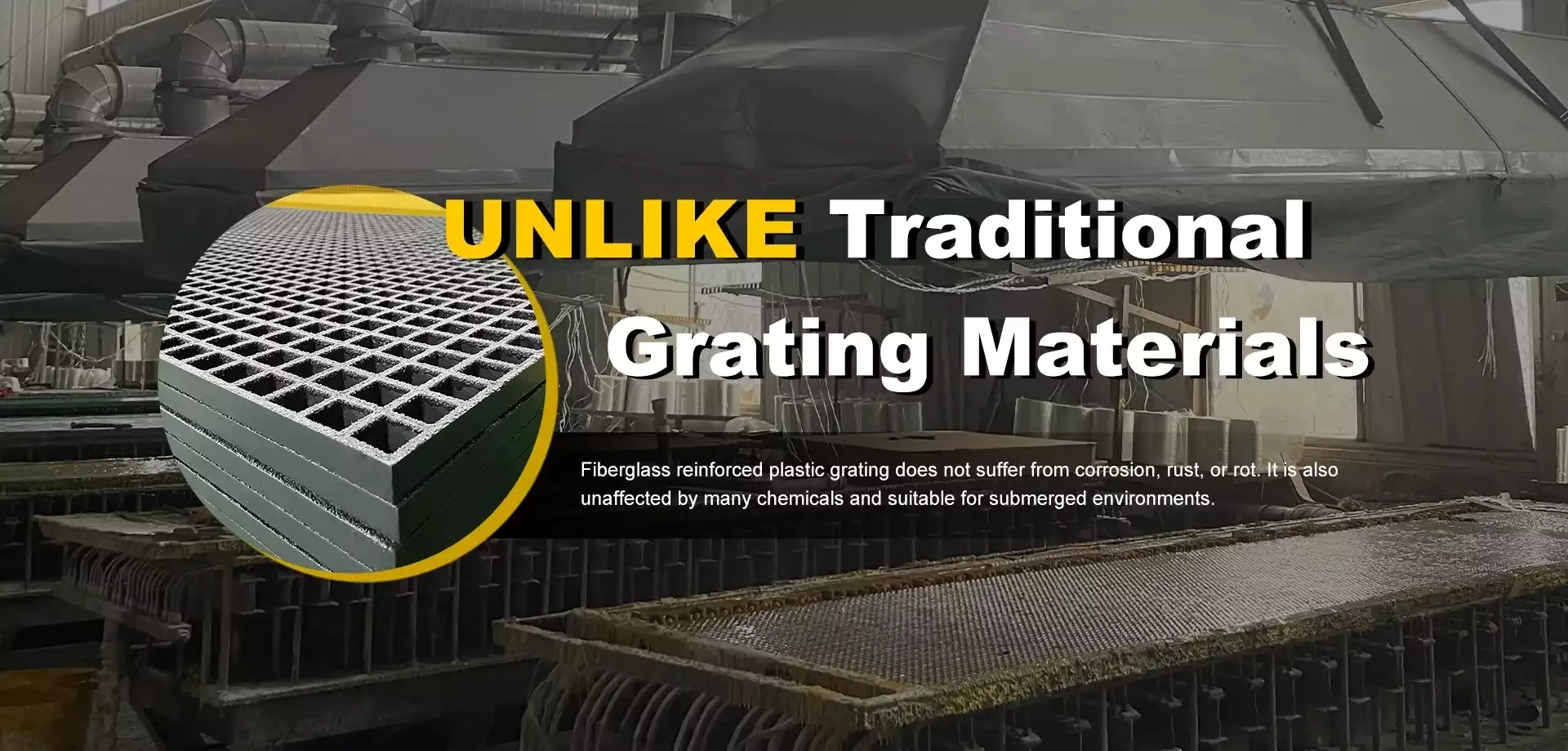loading...
- No. 9, Xingyuan South Street, Dongwaihuan Road, Zaoqiang County, Hengshui, Hebei, China
- admin@zjcomposites.com
- +86 15097380338
- Welcome to visit our website!
ro membrane housing
Understanding RO Membrane Housing Essential Components of Water Purification Systems
Reverse osmosis (RO) systems have gained prominence as one of the most effective and widely used methods for purifying water. These systems are capable of removing a significant percentage of dissolved solids, bacteria, and other contaminants, producing clean and safe drinking water. A crucial component of any RO system is its membrane housing. In this article, we will delve into the significance of RO membrane housing, its features, types, and the role it plays in the water purification process.
What is RO Membrane Housing?
RO membrane housing is a cylindrical container that encases the RO membrane, which is the heart of the reverse osmosis process. The membrane itself is a semipermeable barrier that allows water molecules to pass through while blocking larger molecules, such as salts and other impurities. The housing protects the membrane from damage and contamination while also ensuring the efficient operation of the filtration system.
Importance of Membrane Housing
1. Protection The RO membrane is delicate and susceptible to damage from both physical impact and chemical exposure. Membrane housing provides a robust shield, protecting it from external elements and ensuring durability over time. This is especially important in residential and industrial applications where the RO system might be subjected to various stresses.
2. Maintaining Pressure Reverse osmosis requires a specific pressure to function effectively. The membrane housing is designed to withstand and maintain the necessary pressure for the filtration process. It allows water to flow through the membrane at the correct pressure, ensuring optimal separation of contaminants from water.
3. Ease of Maintenance Most RO membrane housings are designed for easy access, making it simple to replace the membrane when needed. This accessibility is crucial for routine maintenance and ensuring that the water purification system operates efficiently over its lifespan.
4. Efficiency The design and material of the membrane housing influence the overall efficiency of the RO system. Quality housing minimizes the chances of leaks and ensures that water flows uniformly across the membrane surface, maximizing the contact time between water and the membrane for superior filtration.
Types of RO Membrane Housing
ro membrane housing

RO membrane housings come in several types, each suited to different applications
. The most common types include1. Standard Membrane Housing This is the most widely used type in residential systems. It's typically made of high-quality plastic and can accommodate one or more membranes depending on the design.
2. Double Membrane Housing Used in commercial and industrial applications, this type can hold two membranes, allowing for higher flow rates and improved efficiency in larger systems.
3. Specialized Membrane Housings For specific applications, such as seawater desalination or wastewater treatment, specialized housings are designed to handle harsh conditions and corrosive substances.
Material Considerations
The materials used for RO membrane housing can significantly impact the system's performance. Common materials include
- Polypropylene Known for its chemical resistance and durability, polypropylene is often used in standard membrane housings. - Stainless Steel For industrial applications, stainless steel housing is preferred due to its strength and ability to withstand high pressures, as well as its resistance to corrosion.
Conclusion
In conclusion, RO membrane housing plays a pivotal role in the functionality and efficiency of reverse osmosis systems. It not only protects the vital membrane but also ensures that the system operates under optimal conditions. With various types of housings available, users can select the most suitable option based on the specific requirements of their water purification needs. As the demand for clean water continues to rise, understanding and maintaining the integrity of RO membrane housing will remain an essential consideration for both residential and industrial applications. By prioritizing quality housing, users can extend the lifespan of their RO systems and ensure the continued delivery of safe, purified water.
-
GRP Structures: The Future of Lightweight, High-Performance EngineeringNewsJun.20,2025
-
FRP Water Tank: High-Performance Storage for Corrosive and Clean Water SystemsNewsJun.20,2025
-
FRP Square Tube: The New Industry Standard for Chemical and Structural ApplicationsNewsJun.20,2025
-
FRP Pultruded Profiles: The Ultimate Choice for Lightweight Structural StrengthNewsJun.20,2025
-
FRP Handrails: The Safer, Smarter, and Stronger Choice for Modern InfrastructureNewsJun.20,2025
-
FRP Grating: The Smart Solution for Durable, Lightweight Industrial FlooringNewsJun.20,2025
-
Why Choose a Galvanized Water Tank for Your Storage NeedsNewsMay.21,2025
